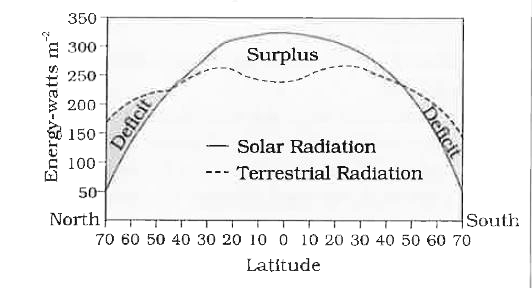Read the cartoon given below and answer the questions that follow:
(i) These members of the ruling party are trying to listen to the 'tiny' opposition! Was this the effect of our electoral system?
(ii) What does the cartoon represent?
(i) Yes, in the beginning, there was only one political party that dominated in the Lok Sabha or the Rajya Sabha. The opposition was not so popular to play any role, they were only the nominated representatives in both the houses of Parliament.
(ii) The cartoon represents the role played by opposition party and the ruling party is making efforts to hear its voice.
Topper's Solved these Questions
- ELECTION AND REPRESENTATIONBook:FULL MARKSChapter:ELECTION AND REPRESENTATIONExercise:ADDITIONAL QUESTIONS WITH ANSWERS(V. Long Answer Type Questions)
Explore 6 Videos
- DEVELOPMENTBook:FULL MARKSChapter:DEVELOPMENTExercise:RESOURCE MATERIAL (II. LONG ANSWER TYPE QUESTIONS)
Explore 2 Videos
- EQUALITYBook:FULL MARKSChapter:EQUALITYExercise:ADDITIONAL QUESTIONS WITH ANSWERS ( V. Long Answer Type Questions- II)
Explore 2 Videos
Similar Questions
Knowledge Check
Read the information given below and answer the questions that follow :
For what value of x,f(x)=g(x−3)?A−3B1/4C−4DNone of theseRead the information given below and answer the questions that follow :
What is the value of fo(fog)o(gof)(x)?AxBx2C2x+3Dx+34x−5
Read the frequency distribution table given below and answer the questions that follow:

What is the class size of the intervals?
View SolutionObserve the figure given below, and answer the question.

What does NO represent?
View SolutionRead the frequency distribution table given below and answer the questions that follow:

What is the lower limit of the last class?
View SolutionRead the cartoon given below and answer the questions that follow:
(i) They say elections are carnival of democracy. But this cartoon depicts chaos instead. Is this true of elections always?
(ii) Is it good for democracy?
View SolutionRead the cartoon given below and answer the questions that follow:
(i) The Netaji is afraid of EC. Why do leaders fear the Election Commission?
(ii) Is this good for democracy?
View SolutionRead the frequency distribution table given below and answer the questions that follow:

What is the upper limit of the fifth class?
View Solution


